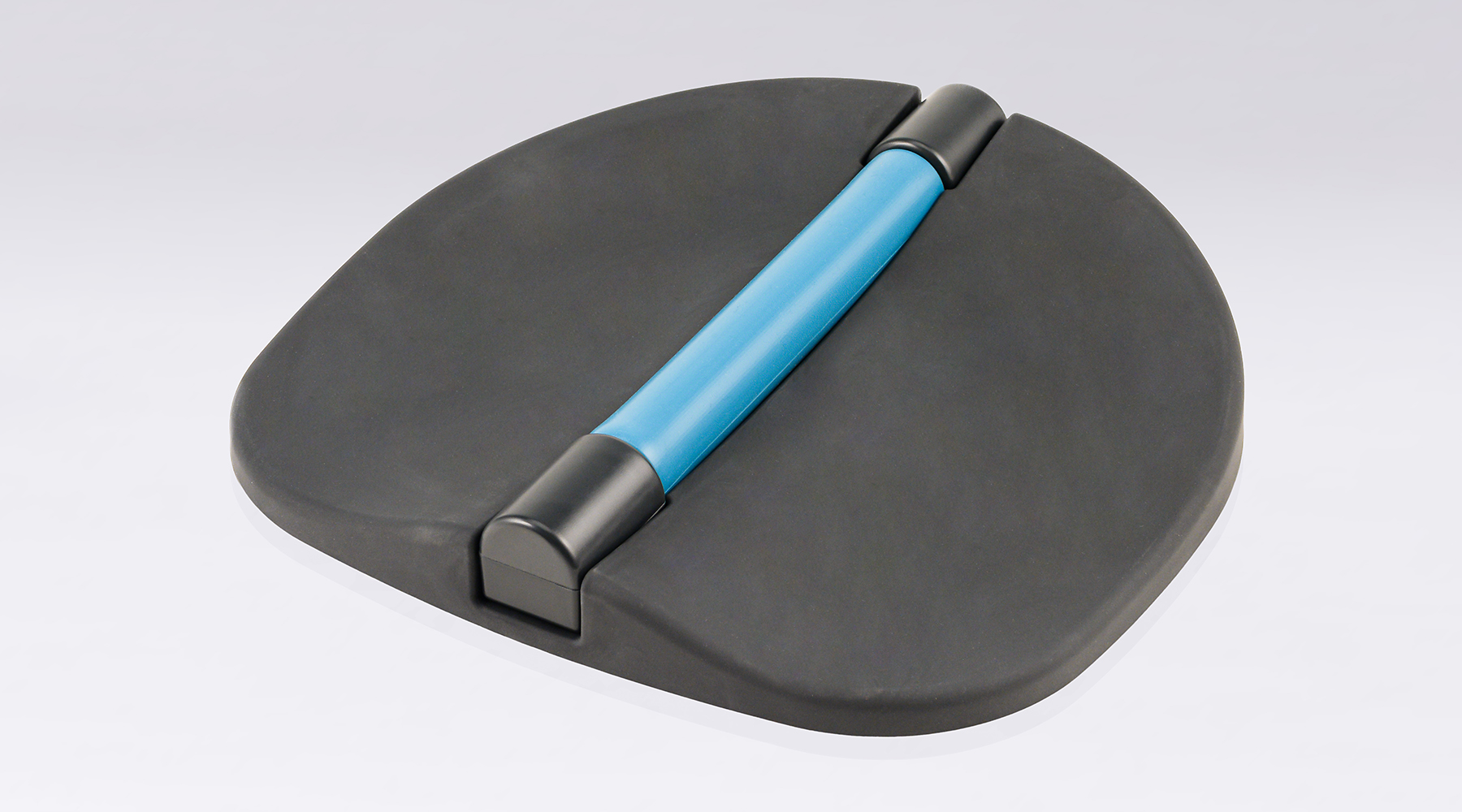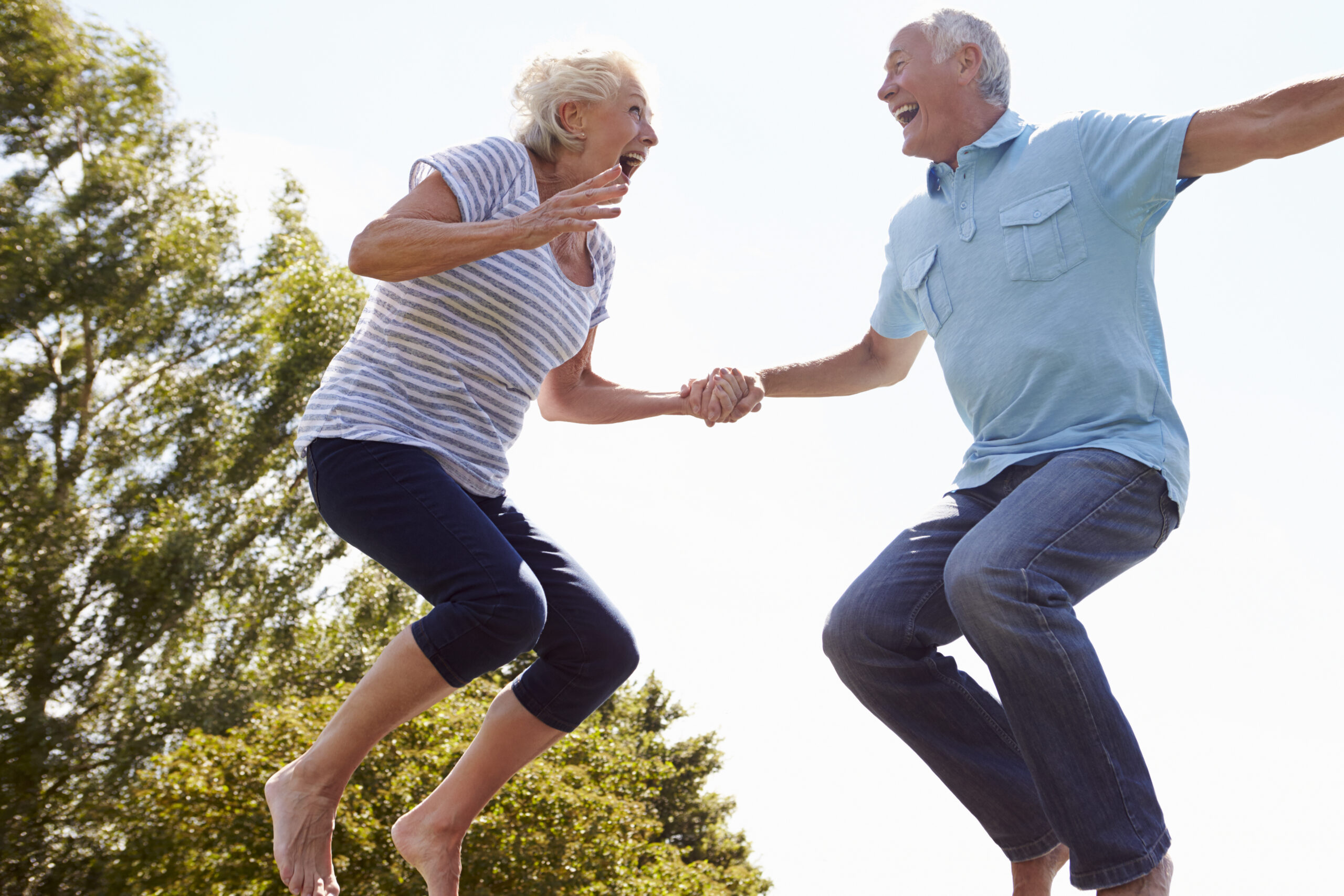Social withdrawal and massive impairment of quality of life are often the sad consequences of urinary incontinence. Many patients with uncontrollable urine leakage no longer dare to talk to people, and the topic is also unpleasant for doctors. Yet in many cases the discomfort of urination can be alleviated with a pelvic floor training device, because the pelvic floor plays an important role in many forms of bladder weakness.
What is urinary incontinence?
Urinary incontinence is defined as the inability to control the time and place of urination. What we take for granted from childhood becomes increasingly difficult or impossible with age and various diseases. The forms of bladder weakness range from a slight dribble during physical exertion or sneezing to a complete loss of control over the sphincter muscle.
How common is bladder weakness?
Predominant causes of urinary incontinence are age-related changes in the pelvic floor muscles and urogenital tract. In women, the percentage increases with age and number of births; the average is 6-10 percent. Older men often suffer from prostate enlargement (benign prostatic hyperplasia, BPH): while urinary incontinence still occurs in 11 percent of those aged 45-65, the figure is already 32 percent in those over 80.
What forms of urinary incontinence are there?
Doctors distinguish between several types of urinary incontinence, depending on the symptoms and causes. The most important of these are explained below.
Stress incontinence
Stress incontinence occurs with even the slightest physical exertion: Walking, lifting, sneezing, coughing, laughing. Men and women suffer equally from this form of urinary incontinence. In the former, prostate enlargement and prostate surgery are the main causes, while women often suffer from weakened pelvic floor muscles after the strain of childbirth and hormonal changes after menopause. The outdated and inaccurate term stress incontinence is hardly ever used in professional circles.
Urge incontinence
Attention hold-up! If you suddenly feel an irrepressible urge to urinate from one moment to the next, this is called urge incontinence. Bladder infections are the most common reason in women, especially since they occur particularly frequently thanks to the short urethra. In both sexes, unstable bladder muscles, neurological diseases or bladder tumors can also be responsible for urge incontinence.
Mixed incontinence
Mixed incontinence is when a combination of urge incontinence and stress incontinence is present. It is particularly common in men who have undergone prostate surgery, which affects the urethra and sphincter. As with pure urge incontinence, a diagnostic clarification of the cause is absolutely necessary.
Overflow incontinence
In overflow continence urine automatically passes when the bladder is full, without the patient having any influence over it. The most common causes are weak bladder or pelvic floor muscles or a blockage of the urethra. In older men, this is mainly due to prostate enlargement. Otherwise, nerve damage due to diabetes affects the muscles, or tumors, strictures and bladder stones block the urinary tract.
Extraurethral incontinence
Extraurethral means outside the urethra, extraurethral incontinence means that urine drains through unanticipated pathways. Causes include congenital defects of the urethra or ureter that manifest in childhood, or secondary damage, such as the formation of fistulas between the bladder or ureter and the bowel or vagina. Such detours can only be corrected by surgery; pelvic floor training can only support rehab.
Reflex incontinence
In reflex incontinence, nerve impulses trigger reflex emptying of the urinary bladder. The patient cannot control this process, often the patient is not even aware of the urge to urinate. The injury to the nerve pathways involved is located in the spinal cord (spinal reflex incontinence; spina = spinal cord) or in the brain (supraspinal reflex incontinence; supraspinal = above the spinal cord). The most common causes of spinal reflex incontinence are spinal cord injuries, paraplegia and multiple sclerosis; for supraspinal reflex incontinence, dementia, Parkinson’s disease and stroke. Pelvic floor training reaches its limits here; an indwelling catheter or bladder pacemaker are used instead.
How can pelvic floor training help with urinary incontinence?
Pelvic floor training has proven effective for the most common forms of urinary incontinence: stress incontinence, stress incontinence and their mixed forms. These account for over 90 percent of cases of bladder weakness. A special pelvic floor training device makes daily exercises easier.
Modern pelvic floor trainers such as the PelvicTool from Alonea are considered particularly innovative. Sit on the device in normal sportswear and track your workout on your cell phone or tablet with the accompanying app. The highly sensitive sensors show which muscles you are currently tensing – there’s no better way to visualize your exercise success. Finally being able to exercise again when you really want to secures a greater deal of quality of life.
Sources, links and further literature
- Deutsche Inkontinenz Gesellschaft: Infobroschüre Harn- und Stuhlinkontinenz.
- Aoki Y, Brown HW, Brubaker L, Cornu JN, Daly JO, Cartwright R. Urinary incontinence in women. Nat Rev Dis Primers. 2017 Jul 6;3:17042. doi: 10.1038/nrdp.2017.42. Erratum in: Nat Rev Dis Primers. 2017 Nov 16;3:17097. PMID: 28681849; PMCID: PMC5878864.
- Kozomara-Hocke M, Hermanns T, Poyet C. Urininkontinenz beim Mann–ein Tabuthema[Male Urinary Incontinence–a Taboo Issue]. Praxis (Bern 1994). 2016 Mar 2;105(5):269-77. German. doi: 10.1024/1661-8157/a002297. PMID: 26934011.
- Irwin GM. Urinary Incontinence. Prim Care. 2019 Jun;46(2):233-242. doi: 10.1016/j.p











